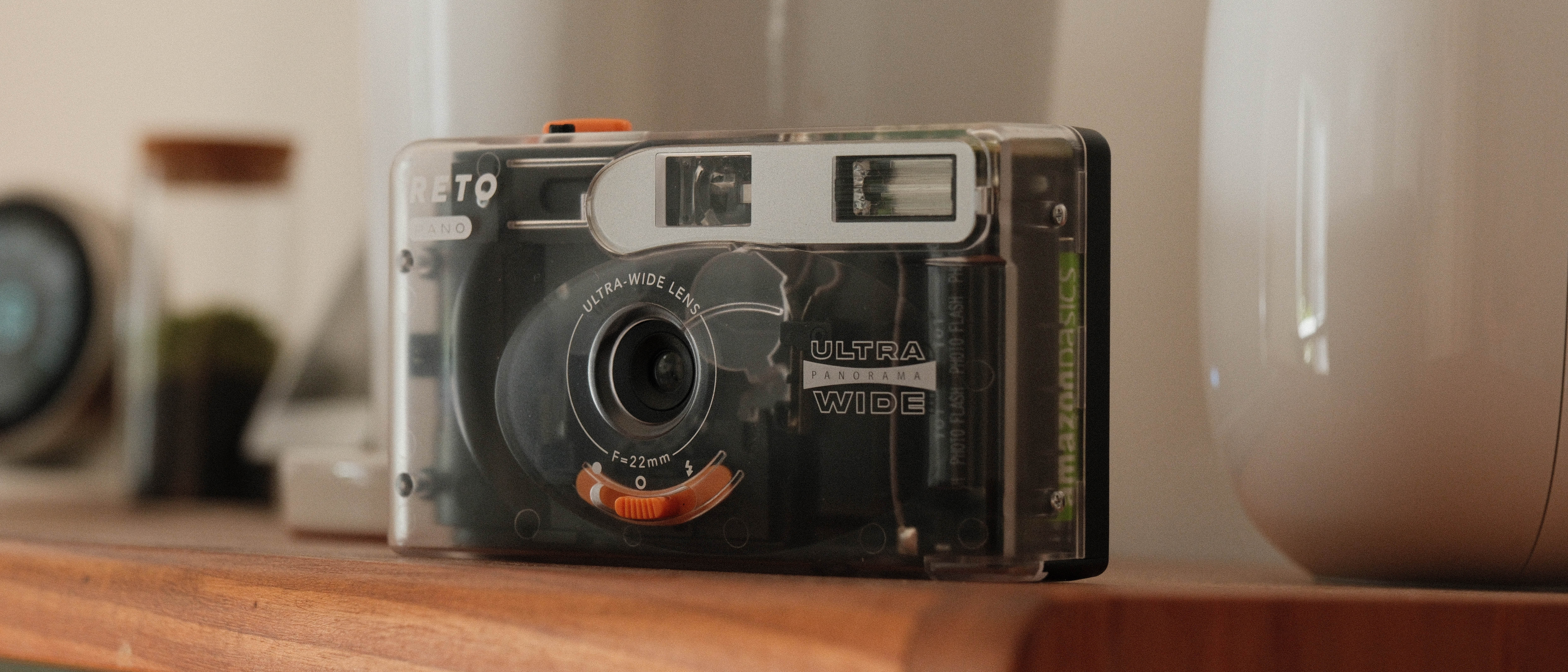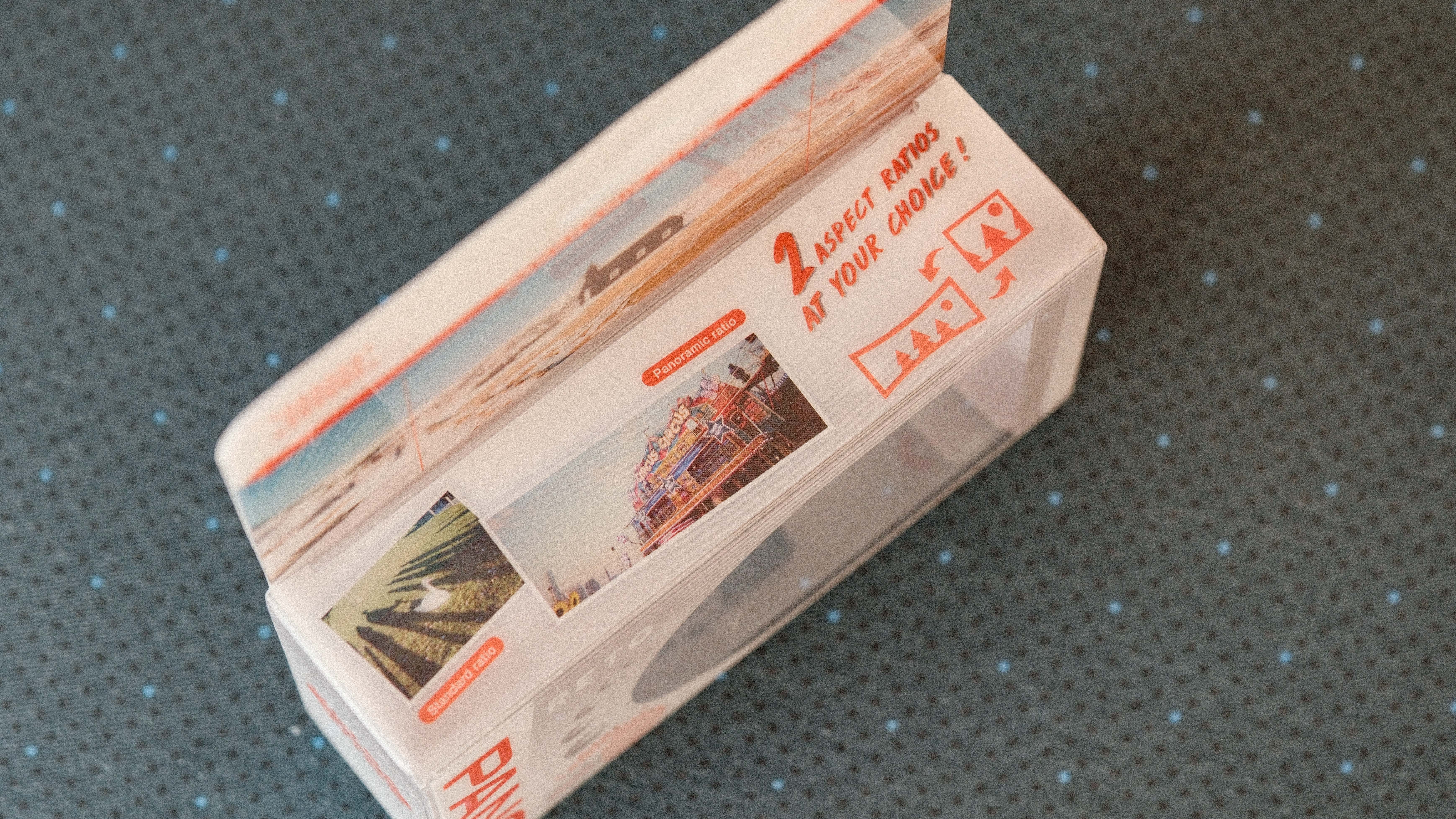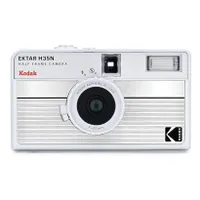Digital Camera World Verdict
The Reto Pano is about on par with many other cheap plastic reloadable film cameras for image quality and consistency – soft images, lacking in contrast, with inconsistent exposure across the roll. However, the camera's party piece – taking panoramic images – feels gimmicky, wasteful, and a little mis-sold.
Pros
- +
Retro good looks
- +
Affordable
Cons
- -
Feels cheap
- -
Ergonomic issues caused fingers to encroach on the lens
- -
Panoramic mode feels wasteful
Why you can trust Digital Camera World
Reto Project’s latest lo‑fi shooter, the Reto Pano, is a reloadable 35 mm compact that promises a flavor of panoramic photography without the price tags that usually come with dedicated panoramic cameras.
The Hong Kong start‑up was founded in 2018 with the goal to "reinvent film together", and has already built a reputation for affordable and fun film cameras. But the Pano offers something new, with the option to swap between standard ratio photos and panoramic ratio with the slide of a switch. However, before you get too excited, this isn't a true panoramic camera, with the Pano using black bars to "crop" a standard 35mm frame instead of a wider panoramic ratio.
But on paper, it sounds like a fun and interesting camera to experiment with; however, with a price tag of only $35 and a build that reflects that – is the Pano promising more than it can deliver?
Reto Pano: Specifications
Film Format | 35mm x 24mm (Panoramic Mode: 35mm x 14.9mm) |
Film Transport | Manual Wind And Rewind |
Lens | 22mm; F9.5; 2-Element Optical Grade Acrylic Lens |
Shutter | 1/100s |
Power | 1xAAA Alkaline Battery (not included) |
Dimensions | 110(W) x 62(H) x 32(D) mm |
Weight | 93g |
Reto Pano: Price
The Reto Pano is a bargain at just $35. It sits just above the Kodak M35 or Lomography Simple Use cameras, which are similarly cheap and cheerful point-and-shoot film cameras, but without the panoramic mode. The Pano is around $30 cheaper than the Kodak H35N – a half-frame film camera with a slightly better build quality. Or if you are interested in wide panoramic images, then check out the Lomography HydroChrome Sutton's Panoramic Belair Camera, which is around $80.
Reto Pano: Design & Handling
I think the Reto Pano looks good; it's probably not going to turn heads, but it has a retro chic that takes me back to the 90s. The Pano comes in a few different color options, including a fun blue or pink, or a classic silver, but the version I have here is the translucent ‘Sheer White' design, which is perhaps the most retro-looking of the lot. Except, with this translucent version, you can see the battery, and when, like me, all you have are bright green Amazon Basics batteries, it does spoil the vibe a little.
Unfortunately, the Pano’s good looks don’t extend to how the camera feels. The Pano is very affordable – and it feels it. The build is extremely plastic-y, but it feels relatively robust and like it could take a bit of a beating thrown into a backpack. I have run a few rolls of film through it, but this is a relatively short-term review, and I will have to see how it will hold up over continued use.
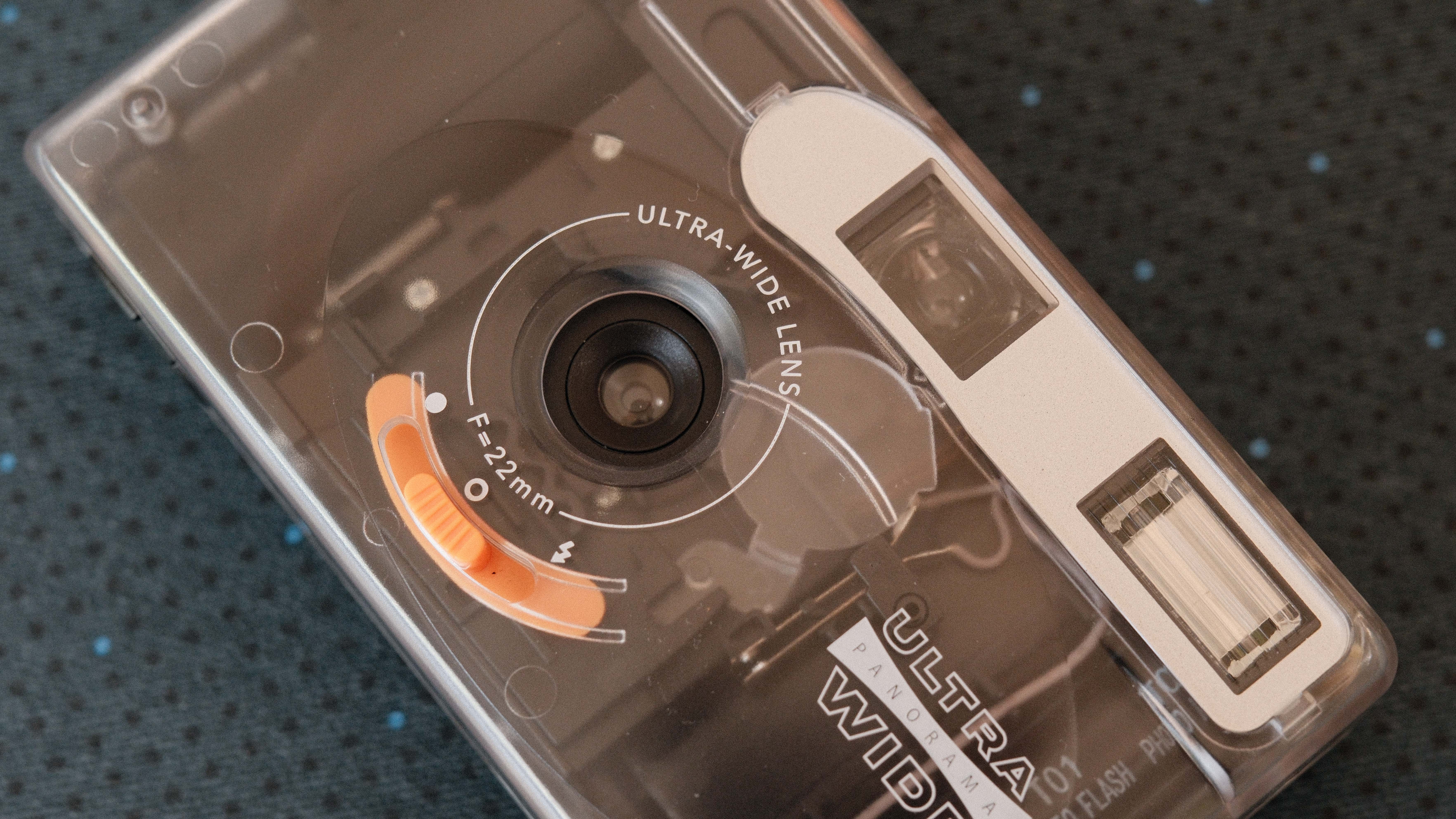
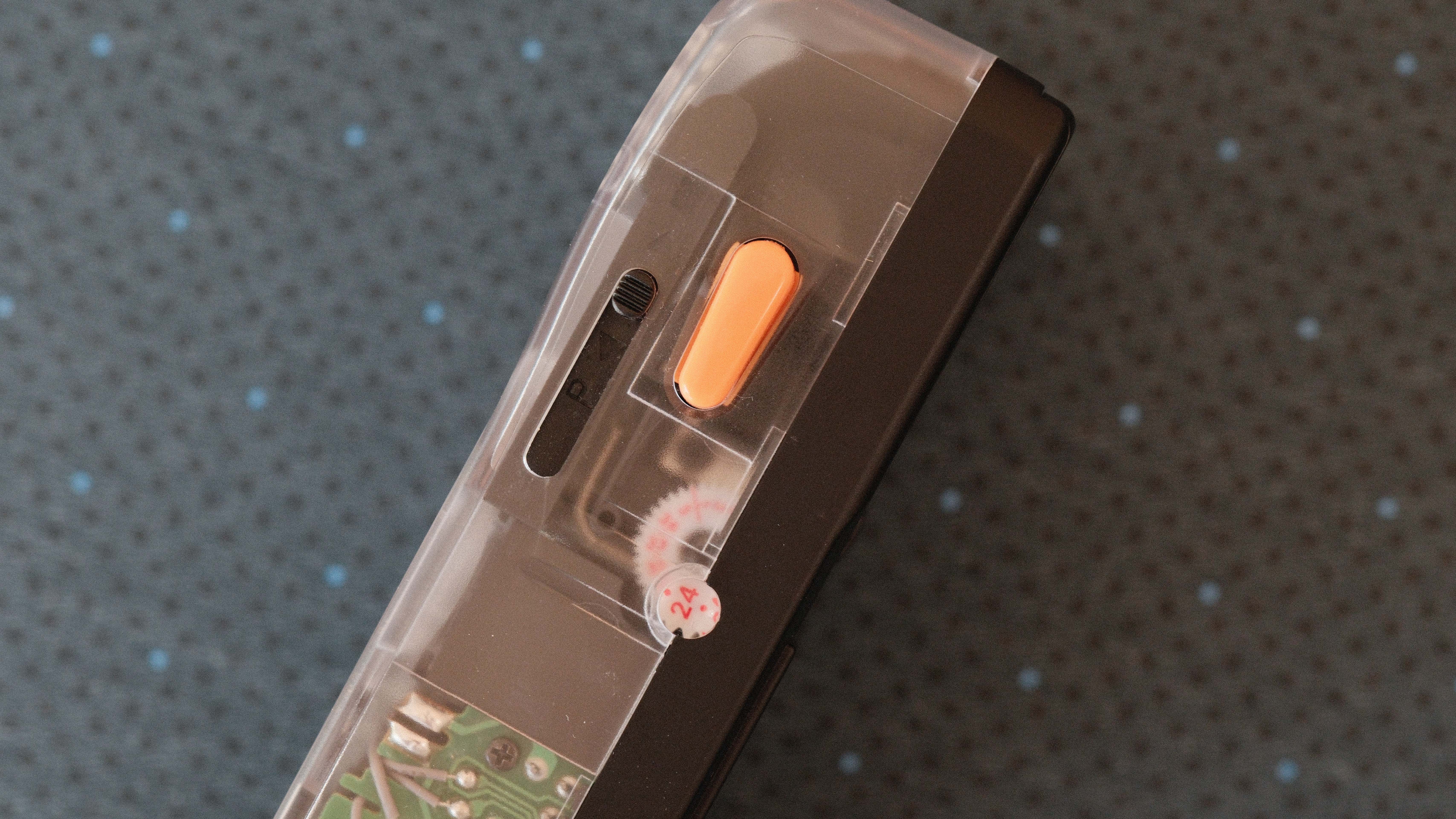
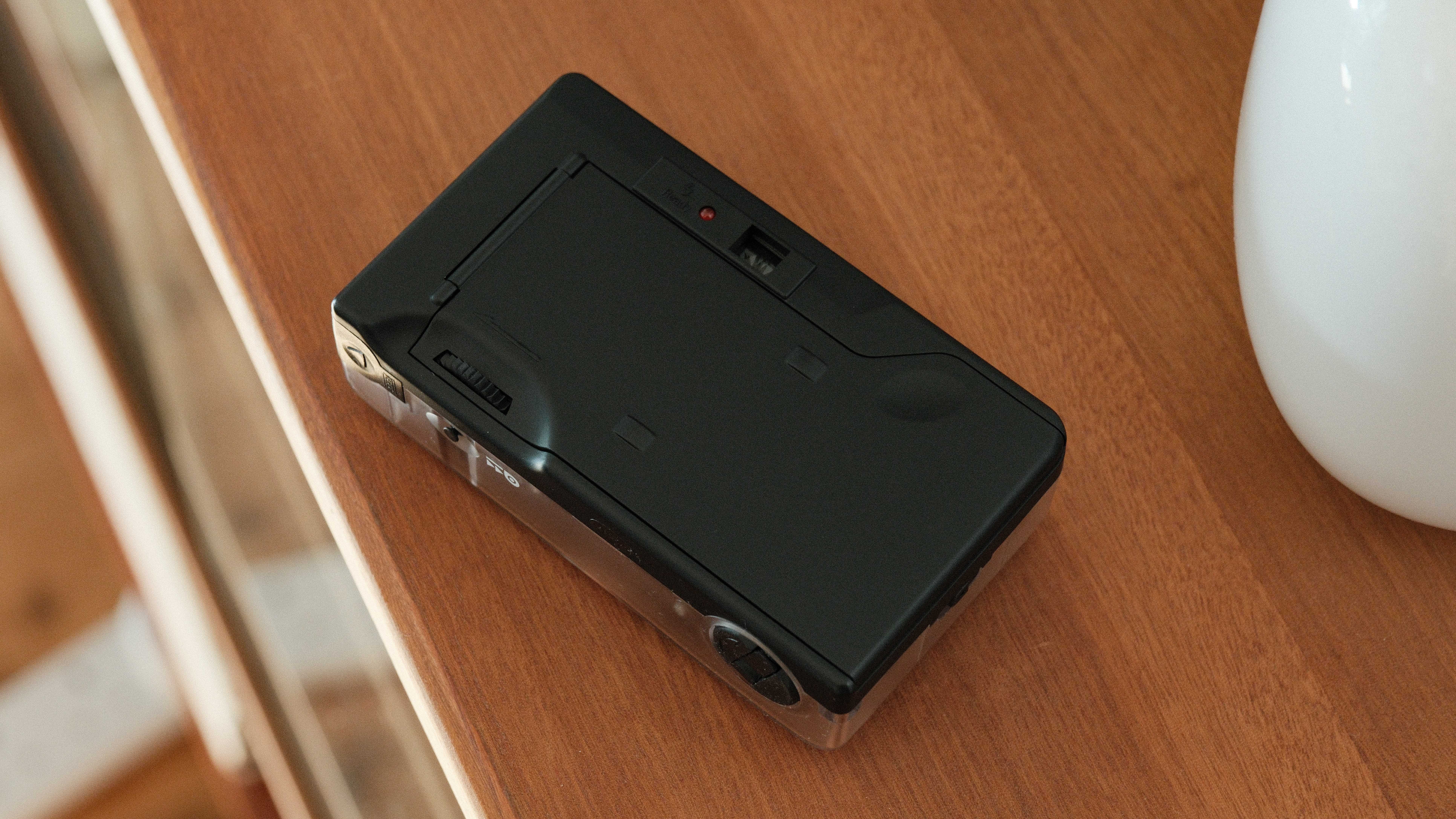
The camera is incredibly simple to use with few controls. On the front, you’ll find a three-stage slider, which opens and closes the protective lens cover, with the third position activating the built-in flash, which will light up a small red LED next to the viewfinder when it's ready to fire. Up top, there is the shutter button, and a second slider to activate the camera's panoramic mode, which slides two black bars across the top and bottom of the viewfinder, as well as across the lens. The only other controls are a manual wind-on dial on the rear and, underneath the camera, the crank to wind in a completed film.
The best camera deals, reviews, product advice, and unmissable photography news, direct to your inbox!
One quite major issue I found with the camera is its smooth, unmarked front and recessed wide-angle lens meant that in several images, my fingers managed to creep into the photo. I’ve used dozens of different cameras, and this is just not something I have really encountered before – even with other small reloadable and disposable models. And it wasn’t just me that struggled with this – several photos that my friends took using the Pano have the same problem. This camera needs more of a tactile marker around the lens for when your finger might encroach on images, or the lens to move further forward, so it isn’t set so far back in the body.
Reto Pano: Performance
Images from the Reto Pano are fine, although the lens won’t produce the sharpness or contrast you can expect from some of the best film cameras. Images in the centre are just about sharp and have the strongest contrast. However, towards the edges of the image, quality drops off quite dramatically with some strong vignetting and blurring all around the edges of the frame, and especially pronounced in the corners.
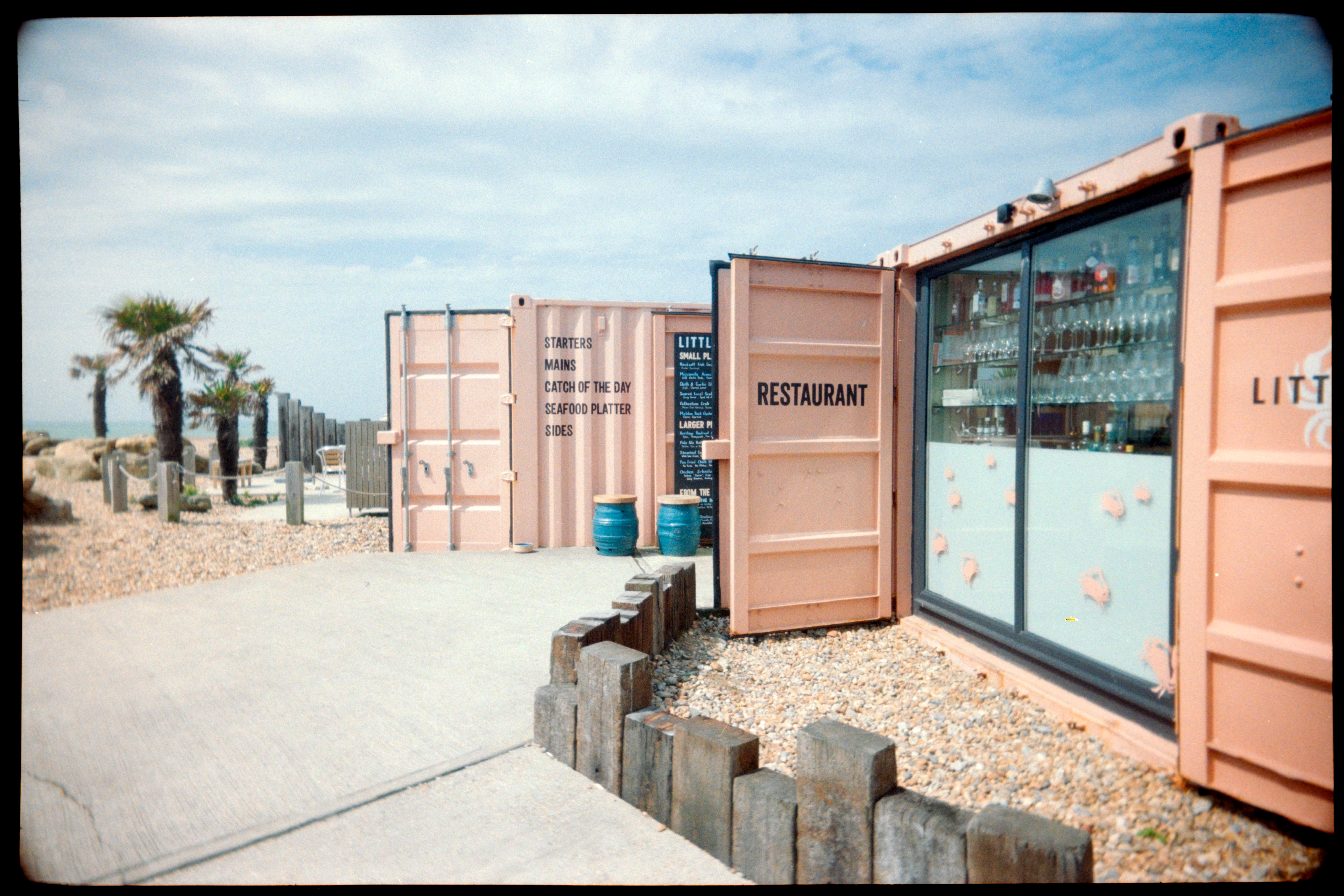
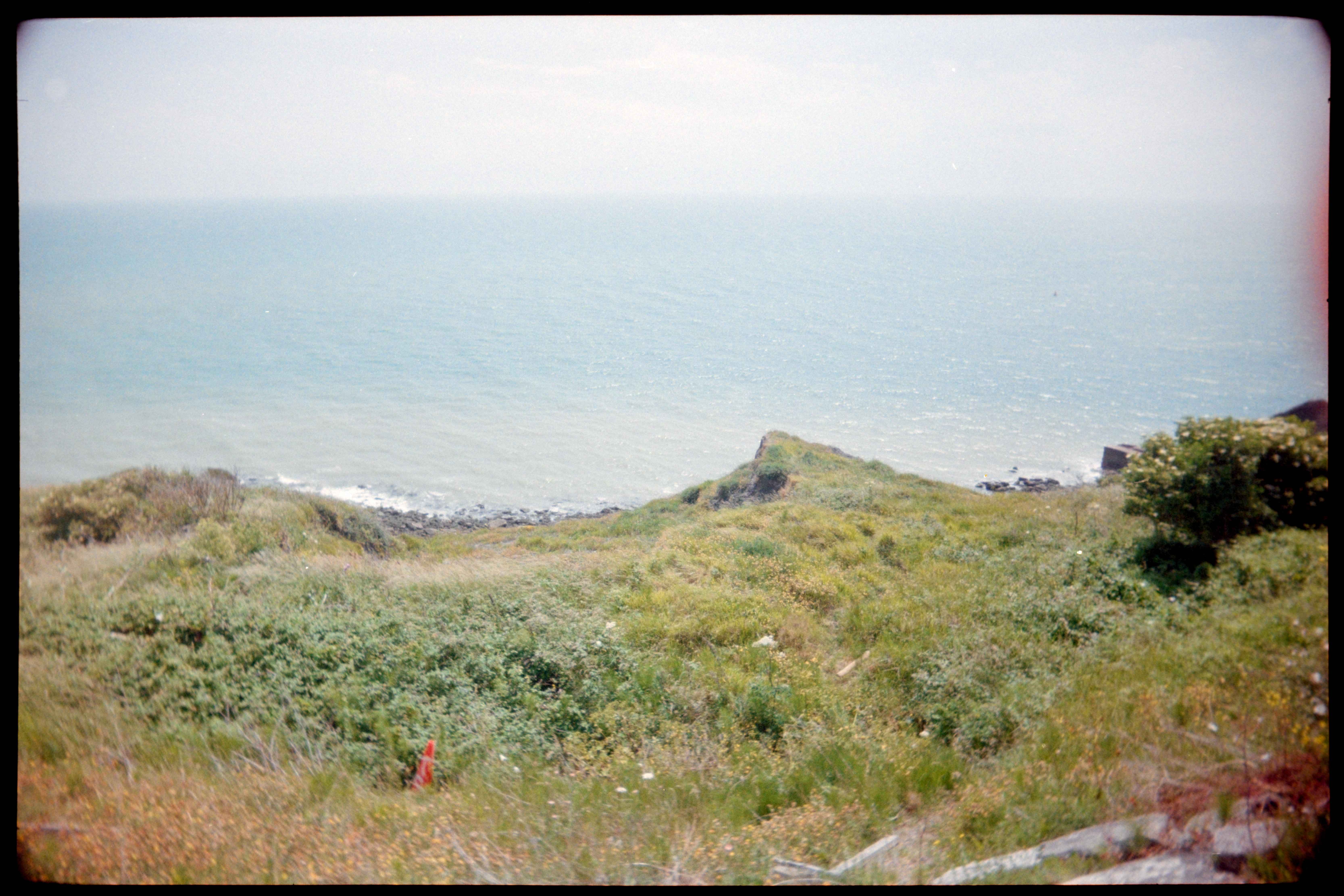
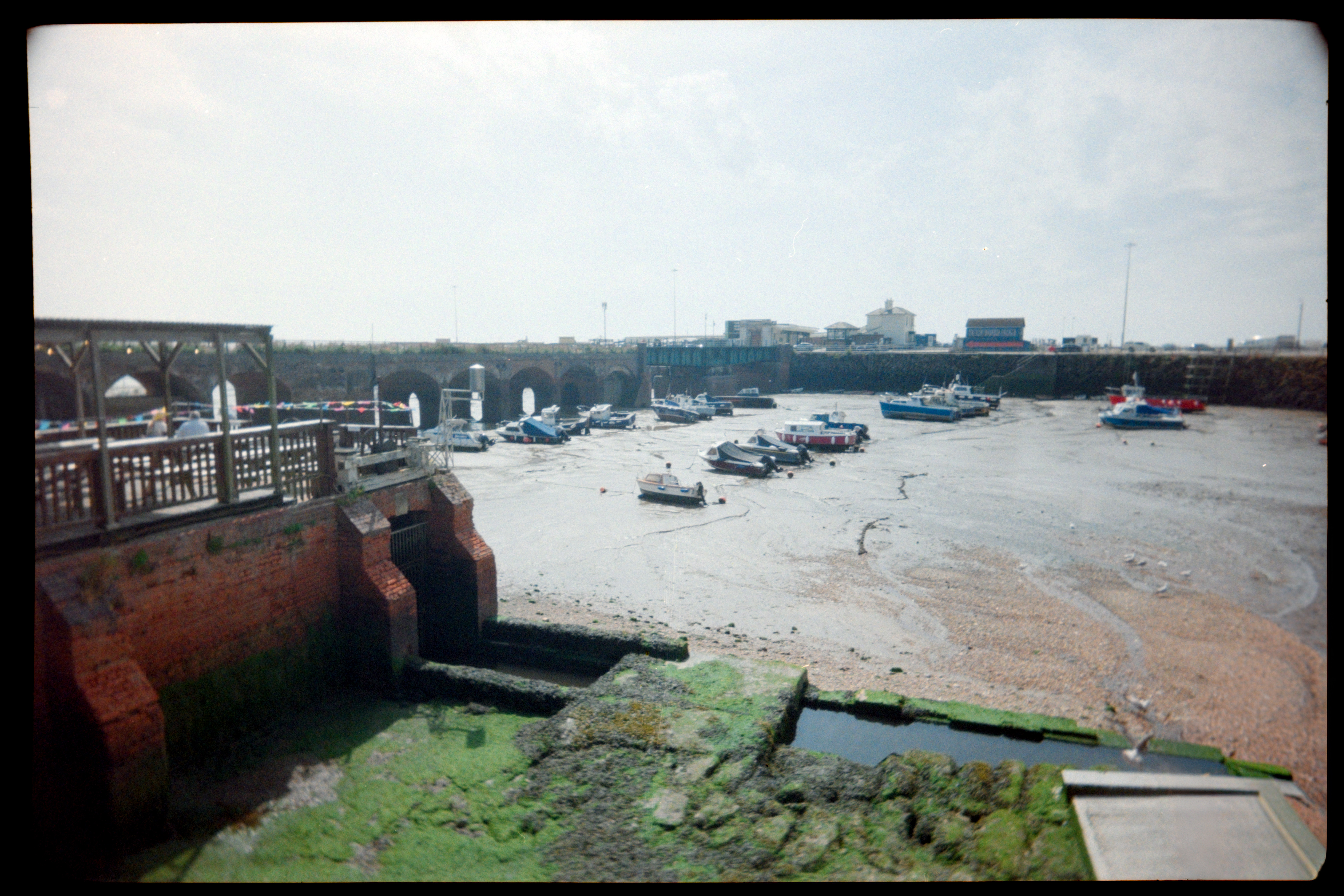
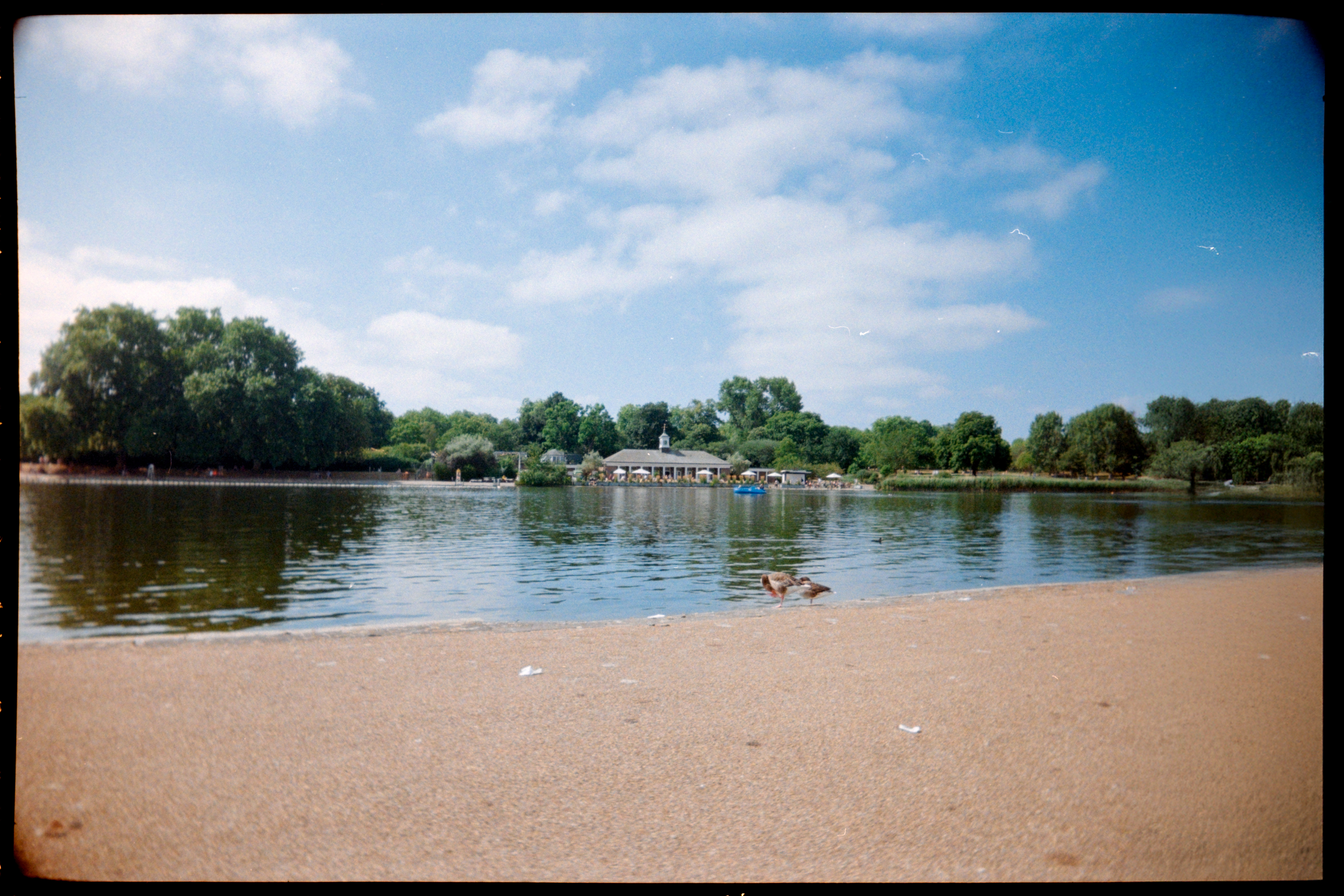
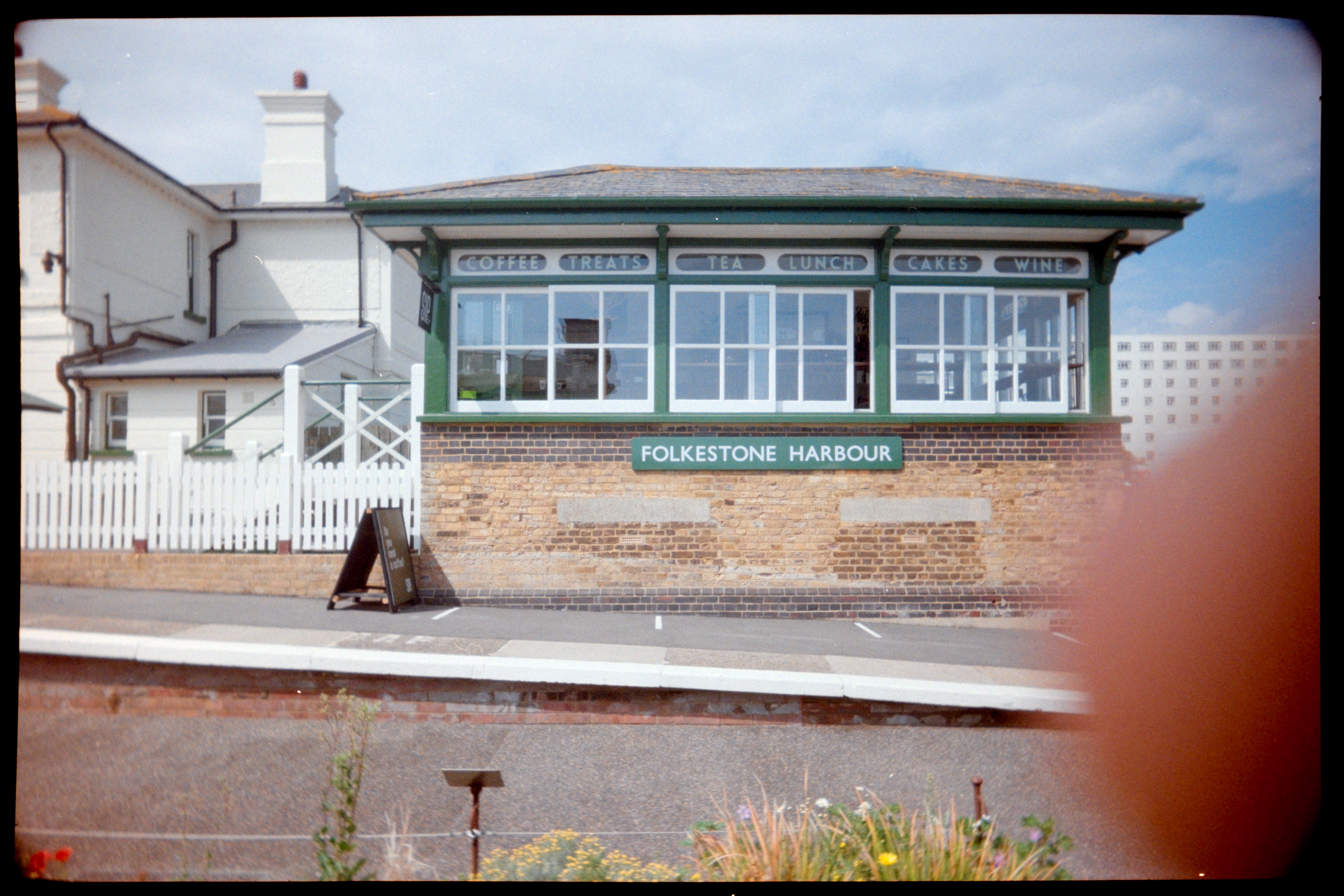
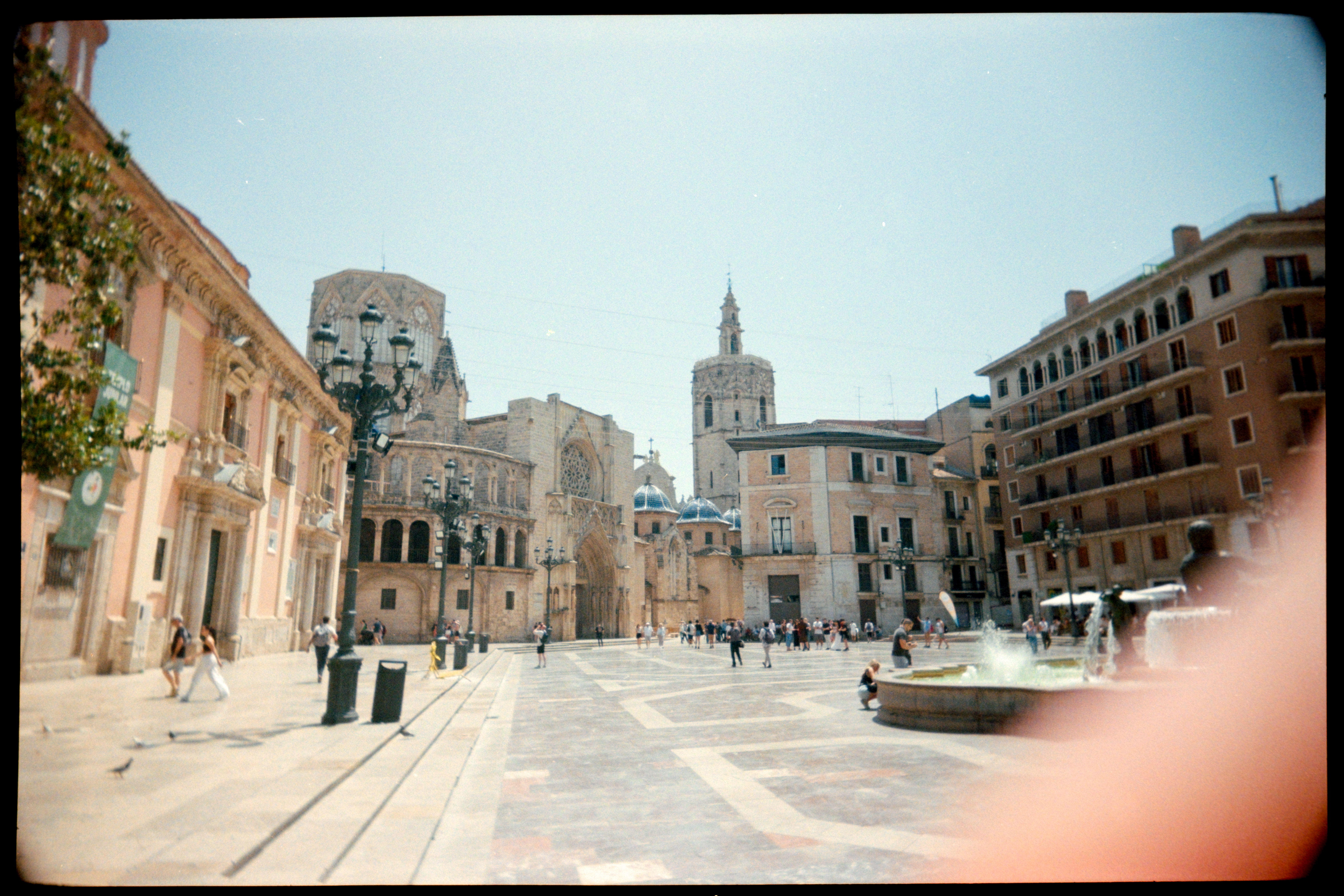
The main selling point of the camera over similar rivals is the panoramic mode – although despite some of the opaque language on the box and in the Pano’s marketing, this is not a proper panoramic camera. Instead of a panoramic image, which would typically be wider than a standard image to encompass even more of a scene, the Pano’s panoramic mode is simply the same framing as a standard photo, but blocks out a section of the 35mm frame, resulting in a 24x14.9mm image. Yes, this is technically a panoramic ratio, but it’s not really living up to the marketing, which suggests you get a wider view in panoramic mode.
Perhaps unsurprisingly they just use the same lens, panoramic images are on par with standard images for quality. But with film and development being so expensive, I just struggle to think why I would voluntarily give up a large portion of my image, when I could simply just crop the standard ratio photo into the same ratio – and have the standard ratio photo as well! I understand the argument for framing panoramic images in the moment, but if I were a big panoramic fan, I would invest in a proper panoramic camera.
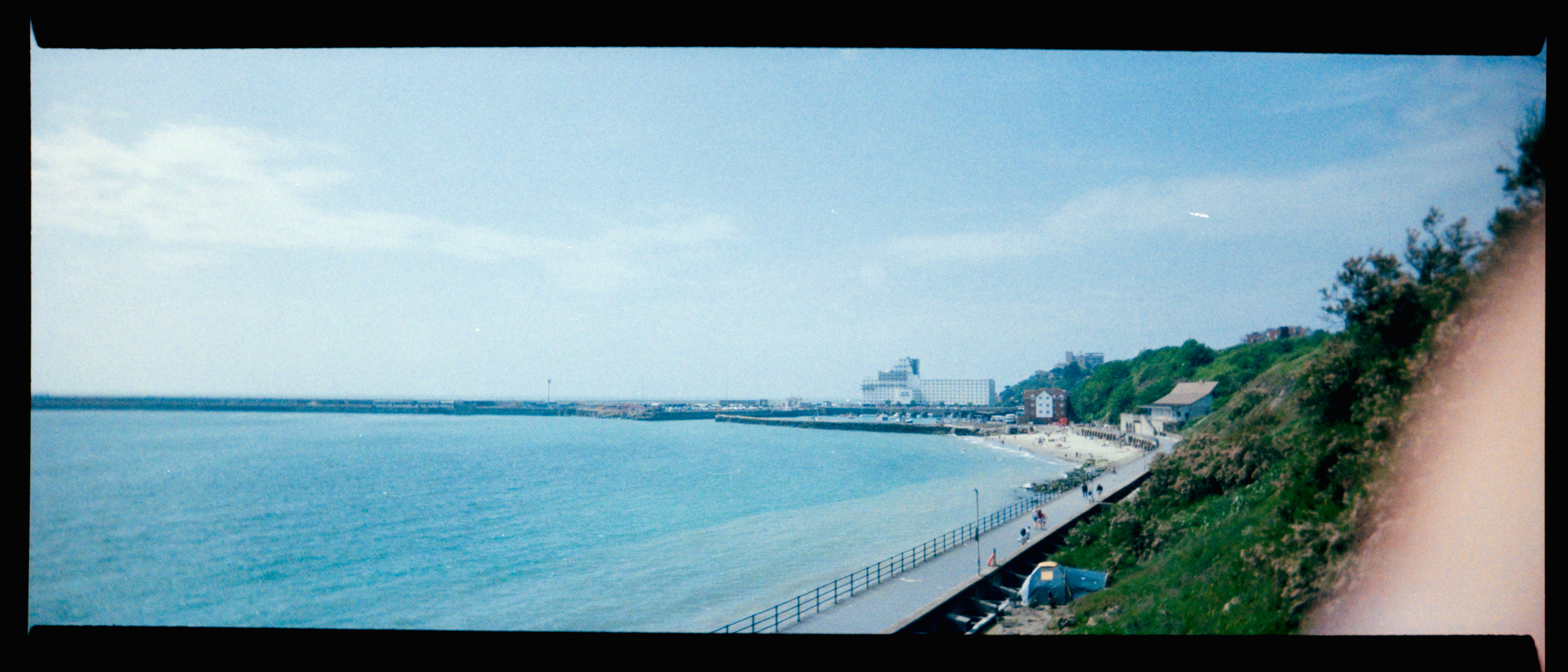
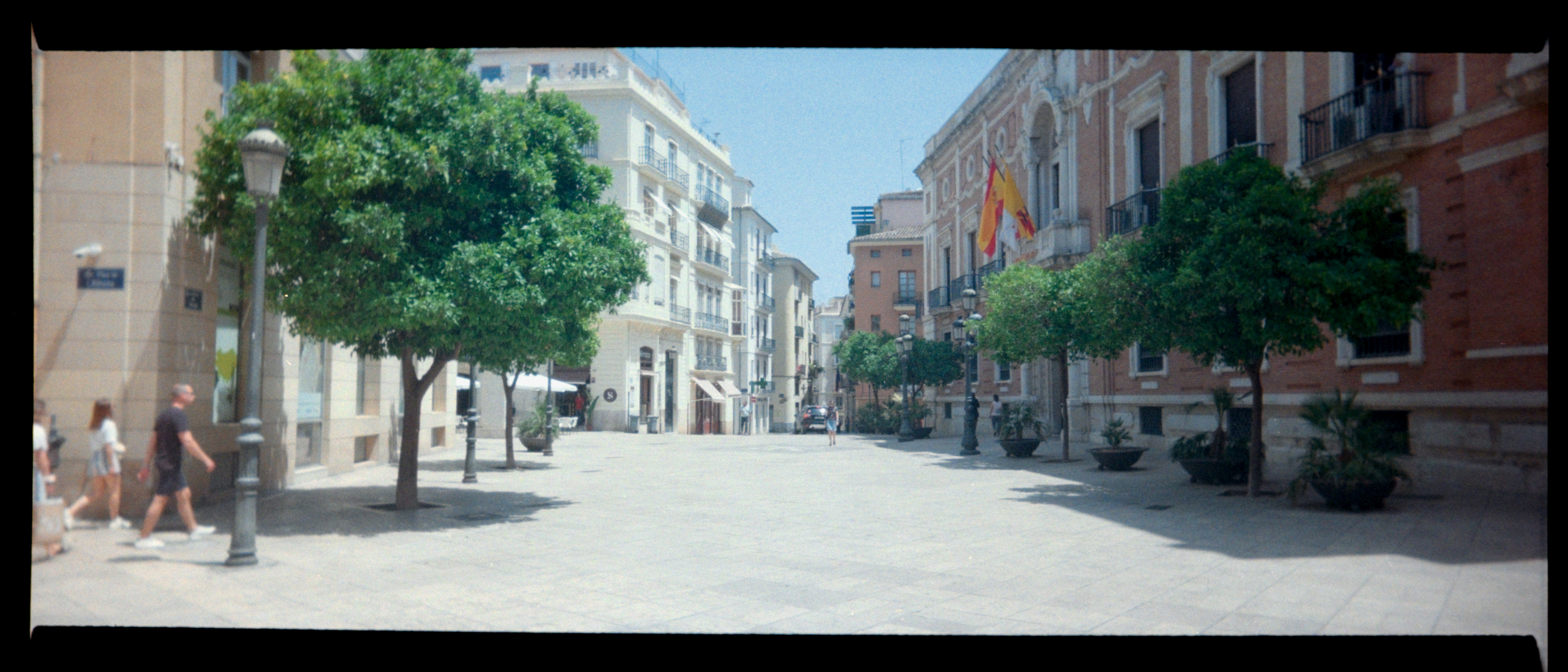
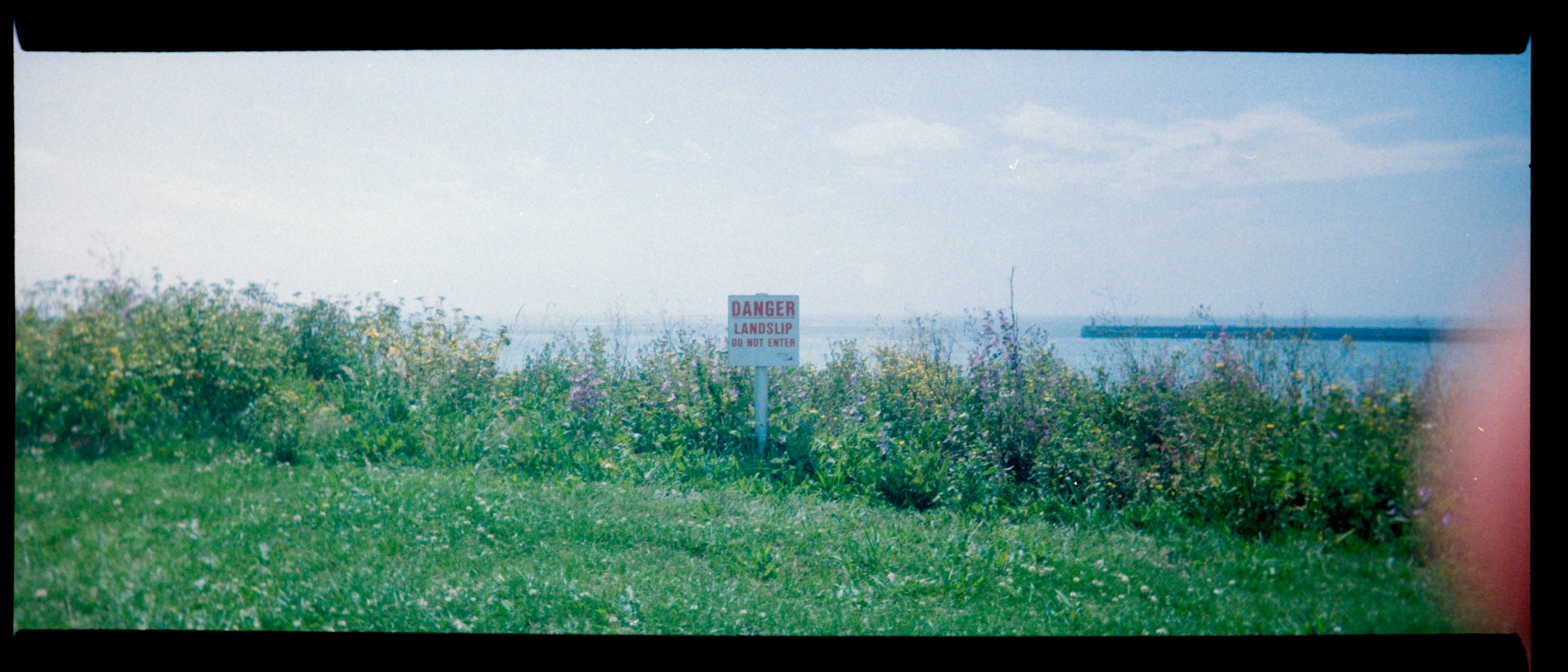
Reto Pano: Verdict
If you approach the Reto Pano as a $35 slice of analog fun, it largely delivers. Its retro styling, lightweight shell, and built‑in flash make it an inviting grab‑and‑go option for parties, travel, and casual film shooters. Handling is refreshingly simple, and when you keep stray fingers clear of the recessed 22mm lens, the results are on par with other budget reloadables – acceptable central sharpness but soft, low‑contrast edges and the occasional exposure wobble.
The trouble is the very trick that gives the camera its name. Instead of a wider angle, the panoramic switch masks the frame to 24x14.9mm, tossing away roughly a third of every exposure. In an era of pricey film and scans, that feels wasteful, especially when a digital crop would yield the same aspect ratio. For me, the Pano’s headline feature is a bit of a gimmick tacked onto an otherwise ordinary, cheap, reloadable shooter.
Features ★★★☆☆ | Not just a simple reloadable point and shoot film camera, the panoramic mode adds a new way to shoot – although not true panoramic photography. |
Design ★★★☆☆ | Retro good looks, but the camera feels cheap and I had issues keeping my fingers out of the photos. |
Performance ★★☆☆☆ | Images are fine for the price, but lack in contrast and sharpness. I found the cropped-frame panoramic mode wasteful. |
Value ★★★☆☆ | Very affordable and perfect for carefree casual photography – but you get what you pay for. |
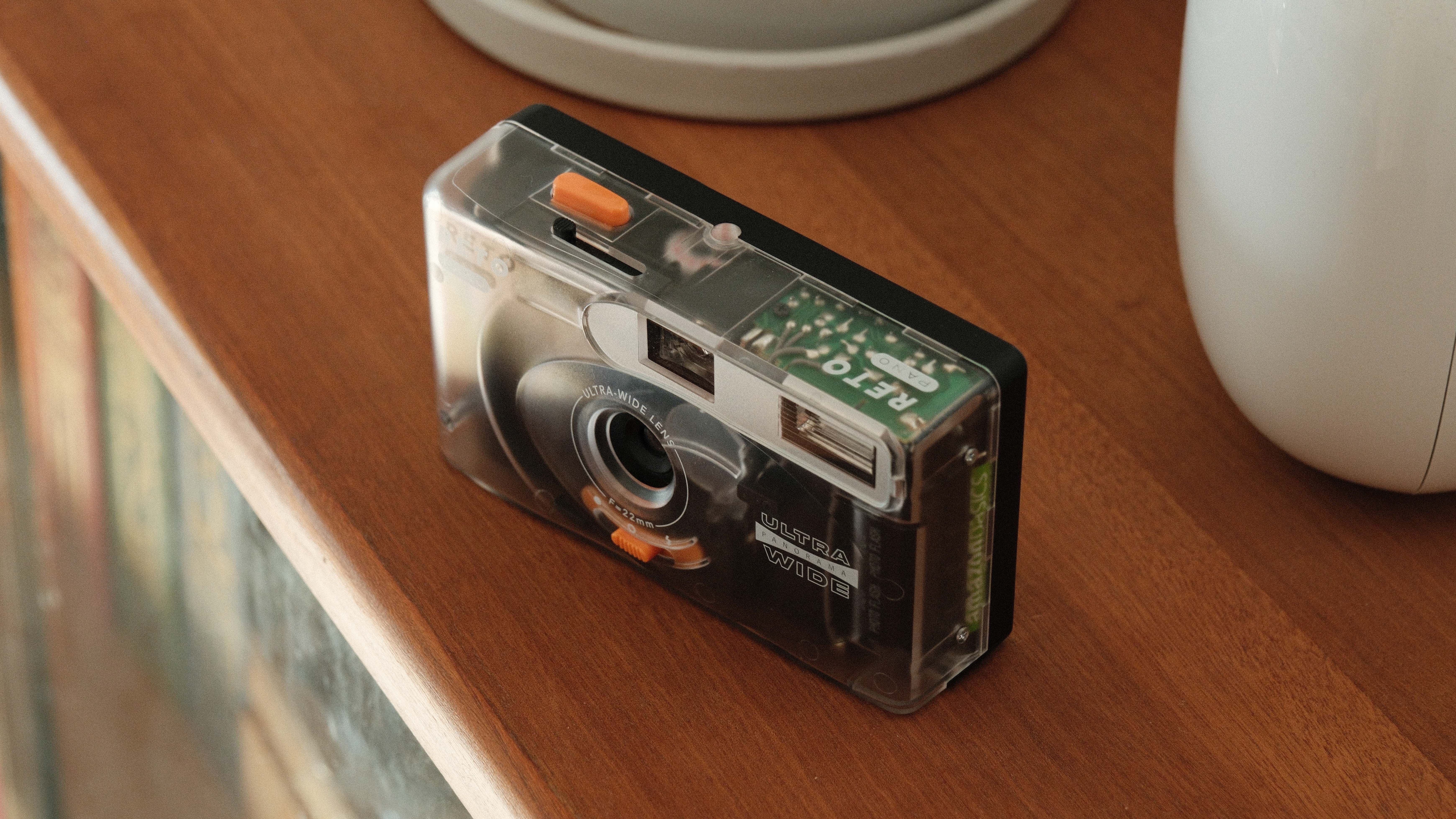
Alternatives
Kodak H35: This is another cheap and cheerful reloadable film camera – although its trick is half-frame instead of panoramic. Which means you get twice the amount of images on a roll, making your money go further.
Read our full Kodak H35 review

Gareth is a photographer based in London, working as a freelance photographer and videographer for the past several years, having the privilege to shoot for some household names. With work focusing on fashion, portrait and lifestyle content creation, he has developed a range of skills covering everything from editorial shoots to social media videos. Outside of work, he has a personal passion for travel and nature photography, with a devotion to sustainability and environmental causes.
You must confirm your public display name before commenting
Please logout and then login again, you will then be prompted to enter your display name.
